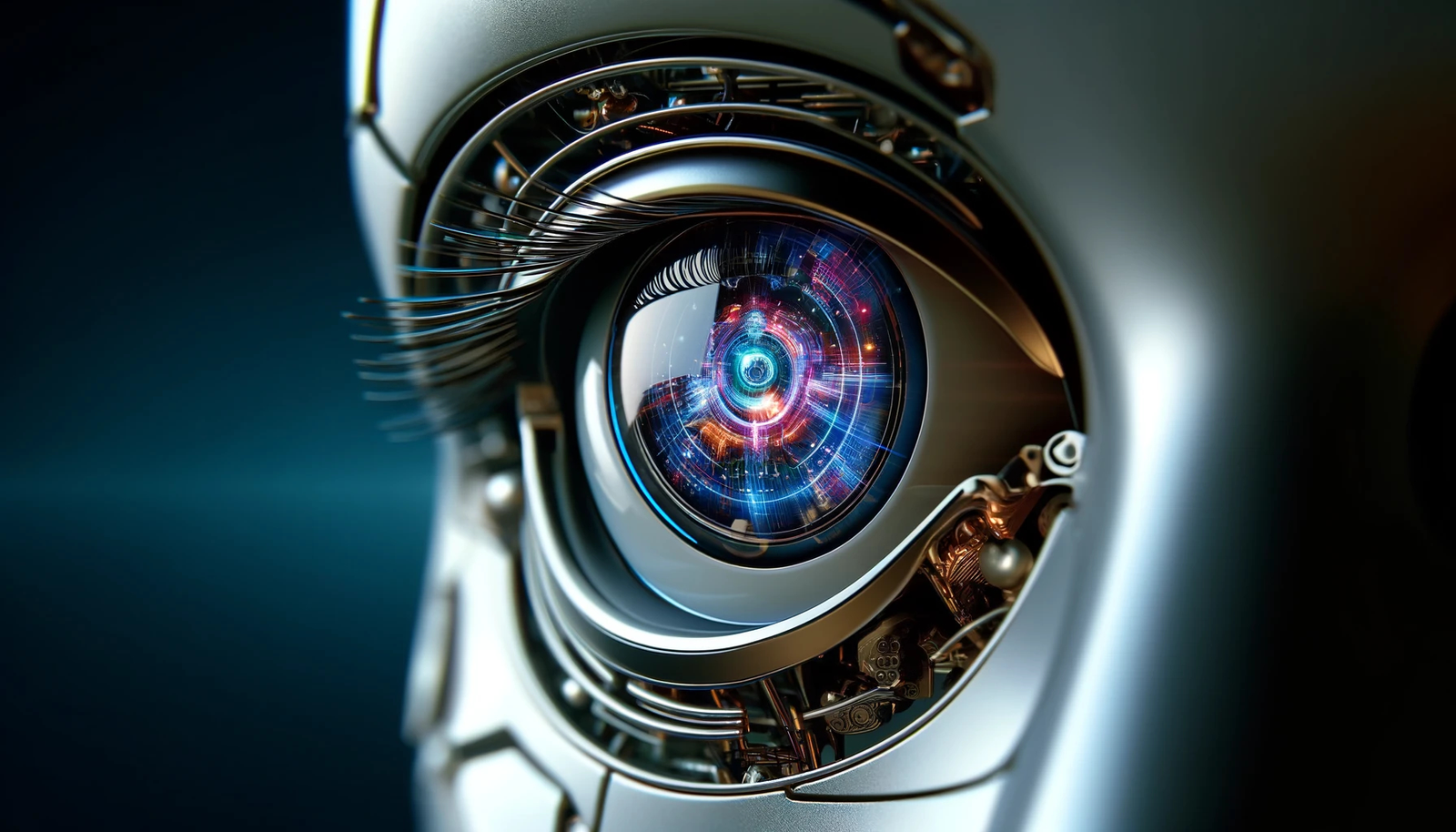What is AI Vision? It’s one of the most important questions to ask in 2025 as artificial intelligence continues to revolutionize how machines interact with the real world. At its core, AI Vision is the ability of machines to see, interpret, and understand visual information using advanced algorithms and deep learning. If you’ve ever used facial recognition on your phone, interacted with a self-checkout machine, or seen a self-driving car navigate traffic, you’ve witnessed AI Vision in action. But what is AI Vision? really—beyond the buzzwords?
In this comprehensive blog post, we’ll explore what is AI Vision?, how it works, and why it’s transforming everything from healthcare and security to retail, agriculture, and entertainment. You’ll learn about the technologies behind AI Vision, including neural networks and computer vision systems, as well as real-world applications that are already improving lives.
Understanding what is AI Vision? helps us see the future of innovation more clearly. Whether you’re a tech enthusiast, entrepreneur, student, or someone curious about the latest digital breakthroughs, this post will give you a solid foundation in how AI is giving machines the power of sight—and how that changes everything.
What is AI Vision? A Simple Definition
What is AI Vision? It’s the integration of artificial intelligence and computer vision algorithms that allow machines to process and interpret images and videos. Unlike traditional computer vision that requires hand-coded features, AI Vision uses deep learning models—particularly convolutional neural networks (CNNs)—to automatically learn from vast datasets.
The ability to teach machines how to “see” opens up possibilities that were previously only science fiction. For example, AI Vision can detect diseases from medical scans, recognize human emotions, monitor traffic patterns, or even guide a robot through a warehouse.
How Does AI Vision Work?
To better understand what is AI Vision, we need to explore how it functions technically. The AI Vision pipeline typically includes:
- Image Acquisition – Capturing data using cameras or sensors.
- Preprocessing – Enhancing image quality, resizing, normalization.
- Feature Extraction – Using AI models to extract patterns and features.
- Classification/Detection – Identifying objects, people, or actions.
- Post-processing – Outputting results in a usable format (e.g., alerts, decisions).
At the heart of AI Vision are neural networks trained on millions of labeled images. These networks learn to recognize patterns like edges, shapes, and textures, building up to complex understandings like identifying a cat or reading a traffic sign.
Why is AI Vision Important in 2025?
As we move deeper into the age of automation, what is AI Vision becomes a question with even broader implications. AI Vision isn’t just about enabling smart gadgets—it’s transforming industries.
- In healthcare, AI Vision helps diagnose diseases from X-rays, MRIs, and CT scans with human-like accuracy.
- In automotive, it’s the backbone of driver-assistance systems and self-driving technology.
- In retail, AI Vision powers smart checkout systems, inventory monitoring, and customer behavior analysis.
- In agriculture, drones equipped with AI Vision identify crop health and optimize yields.
- In security, facial recognition systems and surveillance analytics are more accurate than ever.
Understanding what is AI Vision? today means grasping how it is fundamentally reshaping how machines interact with the physical world.
Real-World Applications of AI Vision
Still wondering what is AI Vision used for in everyday life? Here are a few real-world applications where AI Vision is making a major impact:
1. Facial Recognition
From unlocking phones to airport security, facial recognition is one of the most common applications of AI Vision.
2. Autonomous Vehicles
Tesla, Waymo, and other self-driving car platforms rely on AI Vision to detect objects, read signs, and avoid obstacles in real-time.
3. Medical Imaging
AI Vision tools can identify tumors, fractures, and other anomalies in diagnostic images with accuracy on par with trained radiologists.
4. Industrial Automation
Robots on factory floors use AI Vision for quality control, object sorting, and defect detection.
5. Smart Retail
Amazon Go stores use AI Vision to track what customers pick up and automatically charge them—no checkouts needed.
These examples highlight why asking what is AI Vision? is essential for anyone looking to understand where technology is heading.
Challenges Facing AI Vision
Despite the advancements, there are still challenges in the AI Vision field:
- Data Privacy: Facial recognition and surveillance raise ethical concerns.
- Bias and Accuracy: AI Vision systems can be biased if trained on non-diverse datasets.
- Real-time Processing: High computational demands limit deployment on edge devices.
- Security Risks: Adversarial attacks can trick vision systems with fake inputs.
As the question what is AI Vision? becomes more relevant in public discourse, solving these challenges will be crucial for responsible innovation.
Future of AI Vision
Looking ahead, what is AI Vision in the context of the next decade? Expect more edge-based AI Vision systems that operate offline, enhanced AR/VR experiences, personalized healthcare, and smarter urban infrastructure.
With 5G connectivity and quantum computing on the horizon, AI Vision systems will become even faster and more integrated. Advances in neuromorphic chips may even bring us closer to machines that see and interpret with brain-like efficiency.
Final Thoughts – What Is AI Vision?
So, what is AI Vision? As we’ve explored in depth, AI Vision is the powerful intersection of machine learning and visual data processing. It equips machines with the ability to perceive, interpret, and act upon images and videos—revolutionizing industries like healthcare, automotive, retail, agriculture, and beyond.
Understanding what is AI Vision? is crucial in 2025 as this technology becomes more embedded in everyday life. Whether it’s helping autonomous cars make real-time decisions, assisting doctors with more accurate diagnoses, or powering your smartphone’s camera to detect scenes and faces, AI Vision is a key driver of the intelligent systems all around us.
Despite its challenges—such as privacy concerns, data bias, and computational demands—AI Vision continues to evolve rapidly, promising a future where machines can “see” the world as clearly and intelligently as humans.
To summarize, what is AI Vision? It’s not just a question about technology—it’s about understanding how our world is becoming more responsive, more efficient, and more intelligent through artificial sight.
For more insights on AI, emerging tech, and in-depth reviews, visit BlogHear.com—your destination for decoding the future of technology.




